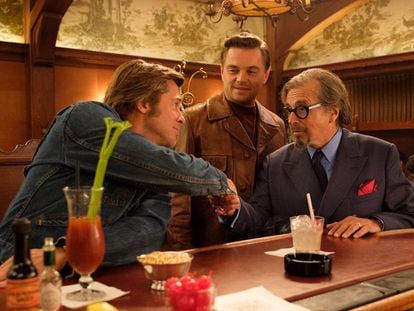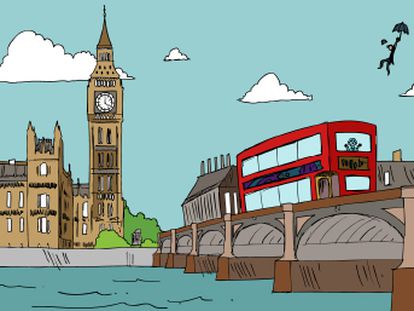Assim os usuários do Instagram imaginam os sonhos de úmidos Wes Anderson
'Accidentallywesanderson' compila imagens feitas em todo o mundo e que remetem ao universo do diretor de cinema

É impossível tropeçar em velharias analógicas, tons pastel ou arquitetura simétrica sem pensar: "É tão Wes Anderson". Tão reconhecível é a estética do diretor de Moonrise Kingdom. Mas não é mais necessário viajar para Darjeeling para buscar e compartilhar no Instagram fotogramas de seus filmes. Accidentallywesanderson faz isso por você.
O publicitário de Nova York Wally Koval se inspirou em um link do fórum Reddit com imagens que remetiam ao universo de Anderson para trasladar a ideia para o Instagram. Este projeto colaborativo compila imagens que parecem arrancadas dos sonhos úmidos do pai de Os Excêntricos Tenenbaums. Há quatro cidades que se repetem muito: Budapeste, Istambul, Berlim e Copenhague. Mas Far de Fangar e Montjuïc também aparecem retratadas em uma conta com 750.000 seguidores.













































